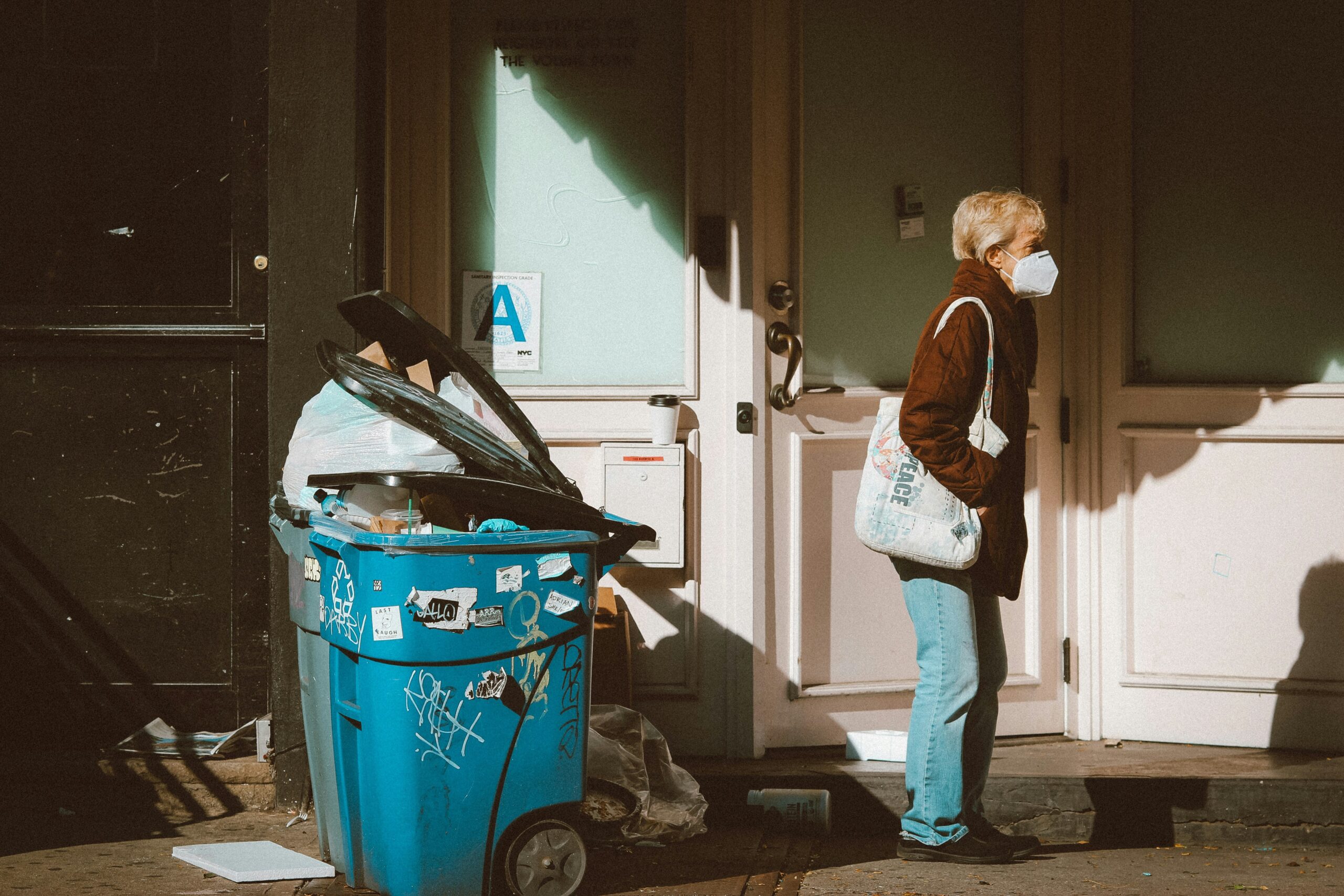You know that feeling when your home insurance policy suddenly feels like it’s written in ancient Greek? Now imagine adding asbestos to the mix. Yeah, not fun. But what if I told you there’s a secret weapon called containment protocols? Spoiler alert: they could save you thousands (and your sanity).
In this guide, we’ll break down why containment protocols matter for asbestos insurance claims, how to implement them correctly, and what happens when things go sideways. Plus, I’ll share one of my own rookie mistakes so you don’t repeat it (hint: it involves duct tape). Let’s dig in.
Table of Contents
- Key Takeaways
- Why Asbestos Still Haunts Us
- How to Implement Containment Protocols Step-by-Step
- Top Tips for Maximizing Insurance Coverage
- Real-Life Example: How One Homeowner Saved Big
- Frequently Asked Questions About Asbestos & Insurance
Key Takeaways
- Containment protocols minimize risk during asbestos removal, making insurance claims smoother.
- Ignoring these protocols can lead to higher costs, legal trouble, and even denied claims.
- Professional help is almost always worth it—don’t try this DIY unless you’re an expert.
Why Asbestos Still Haunts Us
Let me set the stage with a quick story: A few years ago, a friend decided to renovate his basement himself. He thought he’d just rip out some old insulation without checking for asbestos first. Oops. Fast forward six months, and he’s dealing with $20k in cleanup fees, angry neighbors, and a rejected insurance claim. Why? Because no containment protocols were followed.
“Optimist You:” Oh, I’m sure he just forgot something small!
“Grumpy Me:” Ugh, yeah, he forgot everything. Including common sense.”

Asbestos isn’t just a dusty relic from the ’70s—it lurks in millions of homes built before 1980. And while its danger has been known for decades, many people still underestimate the risks and the importance of proper handling.
The Problem with DIY Solutions
When homeowners attempt to handle asbestos on their own, they often skip critical steps like sealing off areas or wearing protective gear. These shortcuts don’t just endanger health—they also void insurance policies faster than you can say “lawsuit.”
How to Implement Containment Protocols Step-by-Step
Alright, time for the good stuff: actionable advice on implementing containment protocols properly. Follow these steps, and you might actually get through this nightmare relatively unscathed:
Step 1: Assess the Situation
Call in a certified asbestos inspector immediately. This person will assess whether the material is indeed asbestos and recommend next steps. Trust me; skipping this step is asking for trouble.
Step 2: Seal Off Affected Areas
Create physical barriers using plastic sheeting and duct tape. Yes, duct tape works wonders—but only if used PROPERLY. Randomly taping things together? Not ideal.
Step 3: Ventilation Control
This part sounds boring but trust me, it’s crucial. Use negative air machines to prevent asbestos particles from spreading throughout the house. Think of it as giving asbestos a one-way ticket OUTTA HERE.
Step 4: Hire Professionals (If Needed)
Sometimes, even following all these steps won’t cut it—you need professional abatement services. Sure, it costs more upfront, but compare that to the price of a lawsuit later.

Top Tips for Maximizing Insurance Coverage
- Document Everything: Photos, receipts, emails—keep records of every decision made during the process.
- Review Policy Fine Print: Some policies have specific clauses about asbestos-related incidents.
- Educate Yourself: Knowing the lingo helps you communicate better with adjusters and contractors.
And now for the terrible tip: If someone tells you to “just wing it” because “insurance covers everything,” RUN. That’s bad advice wrapped in shiny optimism. Insurance companies LOVE finding loopholes to deny claims.
Real-Life Example: How One Homeowner Saved Big
Meet Sarah. She discovered asbestos in her attic and panicked. Instead of going rogue, she hired pros who implemented containment protocols flawlessly. Her insurer covered nearly 90% of the cost because everything was documented clearly. Moral of the story? Play by the rules, folks.
Frequently Asked Questions About Asbestos & Insurance
Q: Will My Insurance Cover Asbestos Removal?
A: It depends on your policy. Typically, standard policies exclude asbestos unless caused by sudden damage. Always review your coverage!
Q: Can I Remove Asbestos Myself?
A: Technically, yes, but PLEASE DON’T. Professionals exist for a reason.
Q: What Happens If Containment Protocols Aren’t Followed?
A: Worst-case scenario? Your claim gets denied, leaving you liable for all expenses AND potential fines.
Conclusion
So, let’s recap. Containment protocols aren’t optional—they’re essential for anyone navigating asbestos-related issues. By understanding their role, documenting meticulously, and hiring experts, you can avoid costly mistakes and protect both your wallet and well-being.
Now go forth and conquer this challenge. And remember, “Like a Tamagotchi, your asbestos strategy needs daily love—or at least weekly check-ins.” 😉



